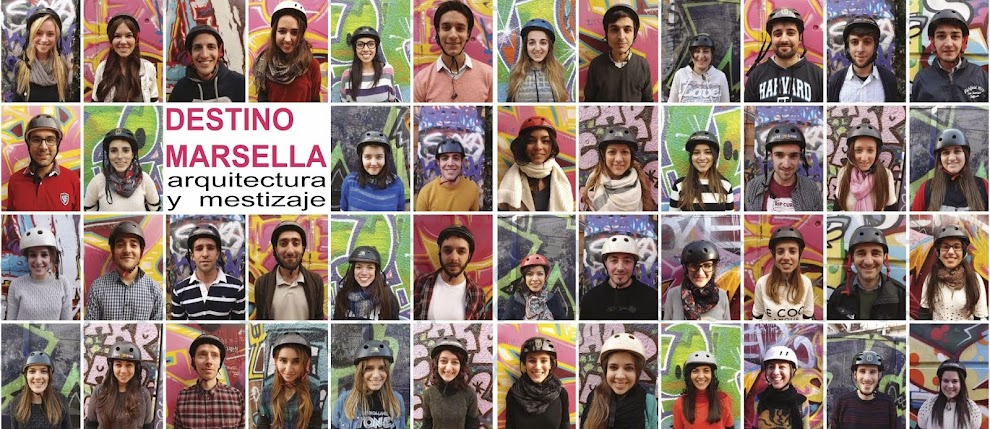6A. Lorenza Coco/ Halit Tanritanir/ Alejandra Vallejo
The city of Marseille has been and is still strongly marked by migration. Because of its geographical position as a seaport, there has been a huge inflow of people of different nations and religions over centuries.
Marseille has about 800,000 inhabitants of whom 8% are officially registered as foreign citizens.
Considering that the French Republic traditionally assimilates migrants by granting them citizenship, it could be estimated that Marseille’s de facto proportion of residents with migration backgrounds is as much as 20%. As to single geographic areas, immigrants from the Maghreb constitute the most
significant migrant community. As far as the housing structure is concerned, Marseille shows a strong residential segregation of its migrant population, especially affecting immigrants from the Maghreb. In contrast to other French cities, migrants are not concentrated in the banlieues (suburbs), but particularly in the north of the city: nearly the whole migrant community lives in the Canebière district, reaching from the northern
periphery almost to the city centre and numbering about 300,000 citizens.
La ciudad de Marsella es la segunda ciudad con mayor número de habitantes en Francia. Sus límites han ido creciendo y la población ha ido en aumento debido al gran número de inmigrantes que residen en Marsella. Esto ha generado una gran variedad cultural. En nuestro traje queremos reflejar esa unión de culturas como la unión de piezas que constituyen un mismo elemento, la ciudad o nuestra microarquitectura. Cada pieza caracterizará por tanto una zona, costumbre, cultura, población de Marsella. Los materiales y colores variarán en función de la información del módulo.
Diseño de la estructura/ superficie:
Modelo:
6. B.











No hay comentarios:
Publicar un comentario